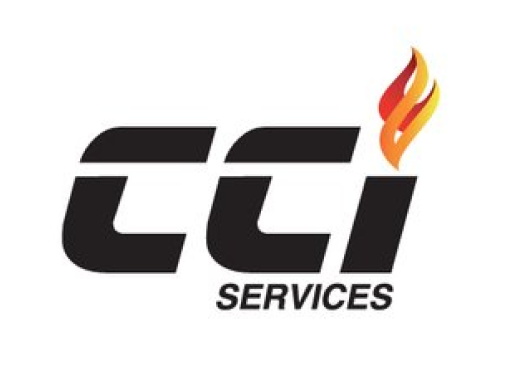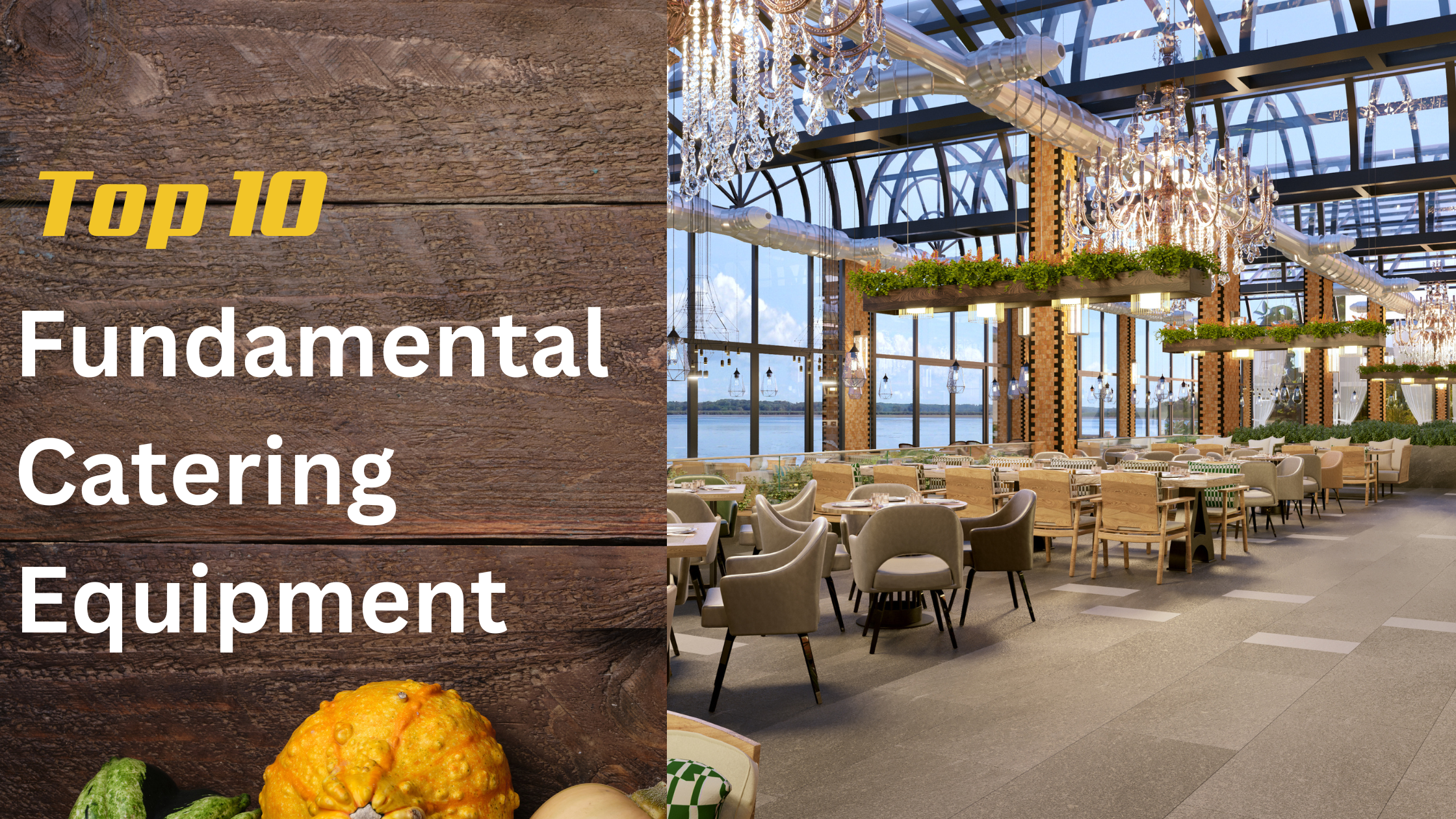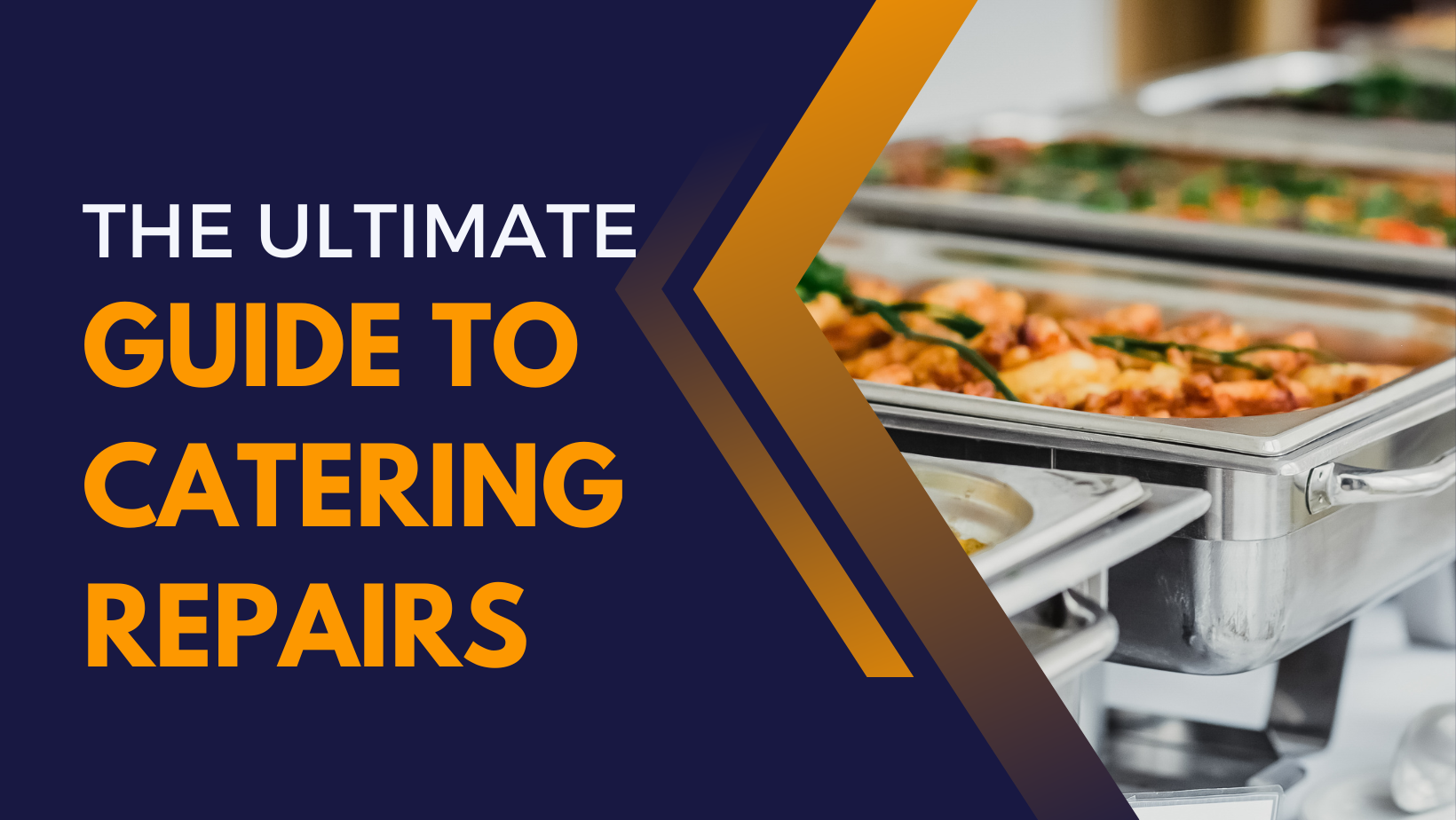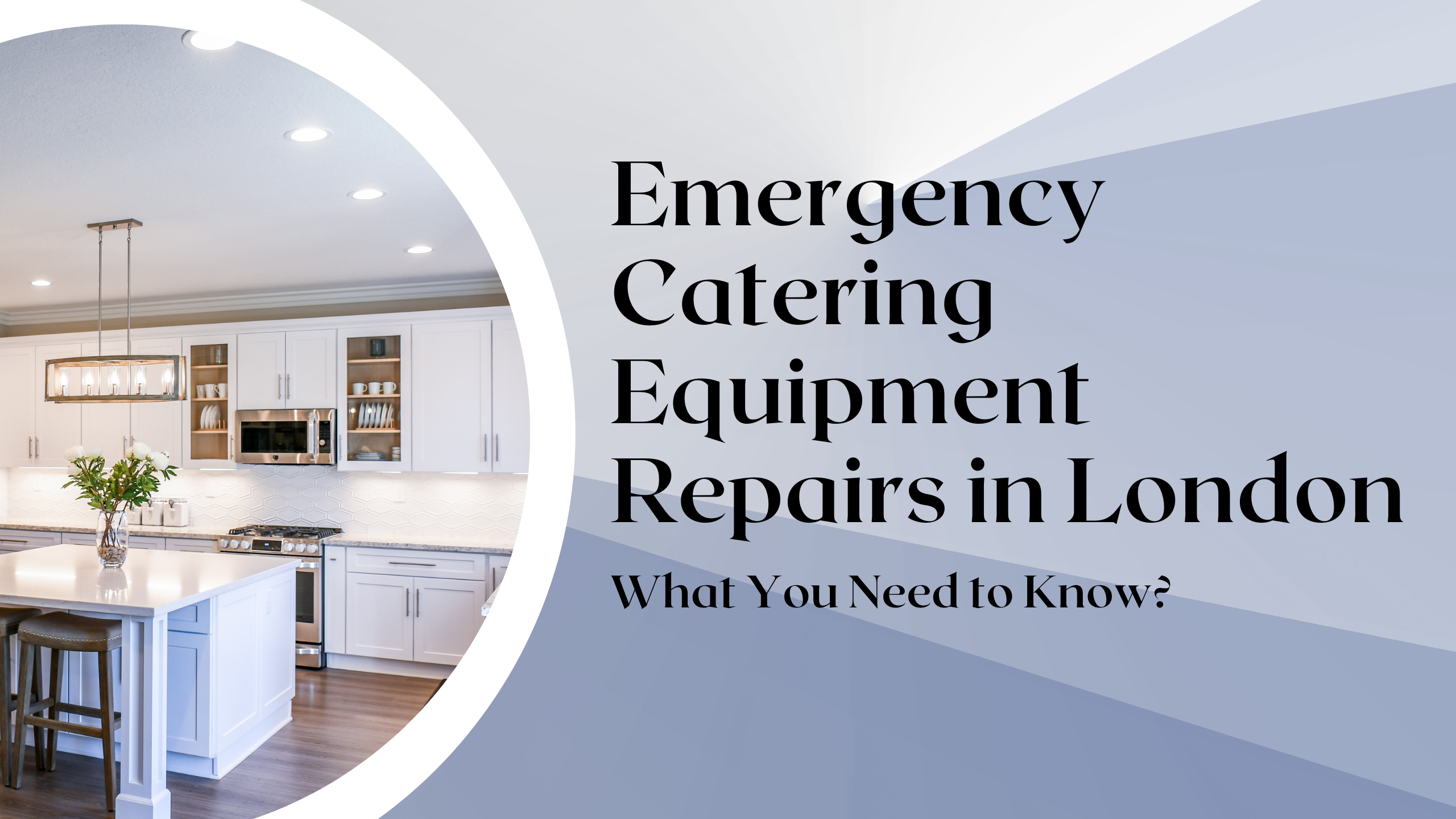Introduction
When you are on the brink of opening a restaurant, startup cost comes within a flash. In addition to your commercial space lease, licenses, permits and marketing expenses are the main startup costs to plan out for.
But you know which tools are the most important for your restaurant? In this article we shall cover your queries of the same and answer the following questions:
- What do you mean by Catering Equipment?
- List of the crucial commercial kitchen equipments
So without further ado let’s begin!
What do you mean by Catering Equipment?
Catering Equipment is known as appliances and equipment which is used in the Foodservice Industry. These commercial equipments are used in an economical space where food is provided to the customer. Example, making food in a cafe or in a restaurant.
Catering equipments shall be divided into sub-categories like:
- Appliances
- Furniture
- Tableware
- Clothing
Some examples of Catering Appliances are:
- Griddles
- Combi Ovens
- Dishwashers
- Fryers
List of the Crucial Commercial Kitchen Equipment:
1- Ovens
An oven is the most pivotal commercial equipment you will find in your arsenal. The type of oven you will need depends upon the type of your restaurant and the kind of food you will be serving to the customer. Choosing an oven can be an exhausting task which is why it is crucial to know what you should look out for while purchasing an oven. Do keep in mind the following factors while choosing an oven:
- Size: The amount of space you have in your kitchen will decide what size of oven will accommodate your kitchen. Sitting down and finalizing your commercial equipment will help you in knowing how much space you actually have for your oven. Another important thing to consider is that how much food will you be serving during a service to figure out what capacity you need.
- Quality: Your oven and range are the two souls of your kitchen, so choosing something which will outstand your competition, can be the difference between success and failure. Make sure to look at different brands, reviews, warranty and the service agreements which might arrive with it.
2- Food Processors
A food processor is a fragment of kitchen equipment which can be used for chopping, slicing, shredding, grinding and pureeing different types of food. There are mainly three type of processors which you should consider:
- Batch Bowl Processor: Mostly found in houses, it collects food as it is processed. The person can drop the food vertically and choose the type of cut they want. With this type of processor you can easily take out the food and empty the bowl.
- Continuous Feed Food Processor: This kind of processor allows you to steadily add food while it’s running and the processed food goes into a separate bowl.
- Combination Processor: A good middle point combines batch and continuous processors by usng an attachment.
3- Mixers
If your plan is to bake bread or desserts you will be needing to invest in a commercial kitchen equipment.
- Floor Mixers: These mixers are high powered and can mix larger quantities in a short span of time. This is best for the restaurants which are going to use mixer on a regular basis at a high efficiency.
- Hand Mixers: This mixer is also known as stick mixers and these mixers are handheld and are great for blending purposes.
- Countertop Mixers: These are the mixers which you can find at small bakeries, small restaurants. These are best if you don’t have a bery high output and aren’t working a lot of space.
4- Slicers
Slicers are a great tool for slicing things like cheese or meat. While it might not be a perfect choice for every restaurant out there, but it might come in handy when you’re serving something like a sandwich. Consider the following things depending upon your need:
- Manual or Automatic
- Blade size
- Horsepower
- Heavy-duty, medium or light
5- Freezers and Refrigators
In order to keep your food fresh as long as possible you need to invest into another commercial equipment which are: Freezers and Refrigerators.
Firstly you will want to consider the size and capacity of your restaurant and then the specifications and features. Generally, you will want to opt for reach-in-refrigators which are the most conventional for your staff members.
Next you will need to consider a condenser. A condenser helps regulate the temperature of your freezer or refrigerator. In case of a condenser, you can either choose a top-mounted or bottom-mounted refrigerator.
A top-mounted refrigerator is best at avoiding clogs and it do not blow warm air into the fridge when opened. A bottom-mounted refrigerator is great in situations where cleaning and maintenance are the top preference.
6- Storage Racks and Shelving
Each and every kitchen needs a good and clean shelving and storage for dry food, utensils and equipments. Your storage selection should be strategic and durable. When it arrives to your storage or shelving, you have a wide range to choose from: Chrome wire, Epoxy, Coated, Polymer, Anti-Microbial and Stainless steel.
While purcasing storage racks, give the importance to the mobility. You should opt for purchasing mobile storage rack or a combination of both. You might need to move your storage from time to time so this will come in handy.
7- Cooking Equipments
The perfect way to think about your cooking commercial equipment quantity is in a shift. Make sure you have the following equipments in ample amount:
- Pots and Pans with Lids (of all sizes)
- Spoons for mixing
- Chef’s knives
- Mixing bowls
- Whisks
- Spatuals
- Ladles
- Tongs
- Baking pans
- Sheets and Roasting pans
- Towels
- Rags
8- Sinks
Sinks have three main purpose: dish washing, food preparation and hand washing. So, you will likely need a minimum number of sinks plus a commercial dishwashing machine.
This type of sinks is placed on the lower level for ease of use and is often used to empty drinks and other functions.
- Disposal Sinks: These sinks are attached with a waste disposal system.
- Hand Washing Sinks: These are smaller sinks with the main purpose of washing hands.
- Mop Sinks: Mop sinks are known as janitorial sinks and are used for filling buckets and draining mops.
9- Microwave
Microwaves are also a crucial part of the commercial kitchen equipment which are used in the kitchen. But the odds for microwave is that you aren’t going to use it on a regular basis but still you will be needing a commercial microwave in your kitchen.
10- Ice Maker
Whether you’re serving drinks or whether making sure that all the guests are having a cold glass of water in their hands, for tht you’re going to have a good ice machine. Be on the hunt for an ice machine that’s continuously dipping ice straight into the bin si it is ready to be used by the memebers at anytime.
Conclusion
Doing a thorough research on commercial catering equipment by comparing reviews is the perfect way to look into the high-priced products like refrigerator or oven. Having a understanding of what you need ahead of time, and making a list of different pairs of equipments will help you in personifying your needs, if you’re applying for finance or loans.
Read related :- The Ultimate Guide to Catering Repairs

 0800 644 2727
0800 644 2727


